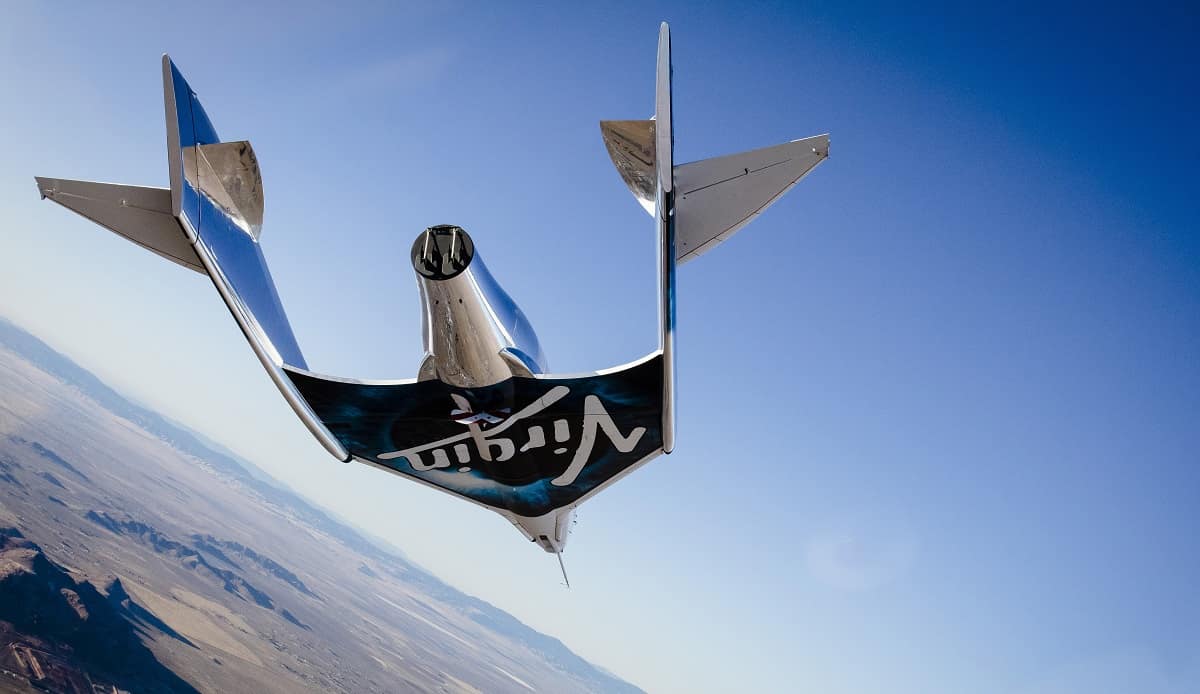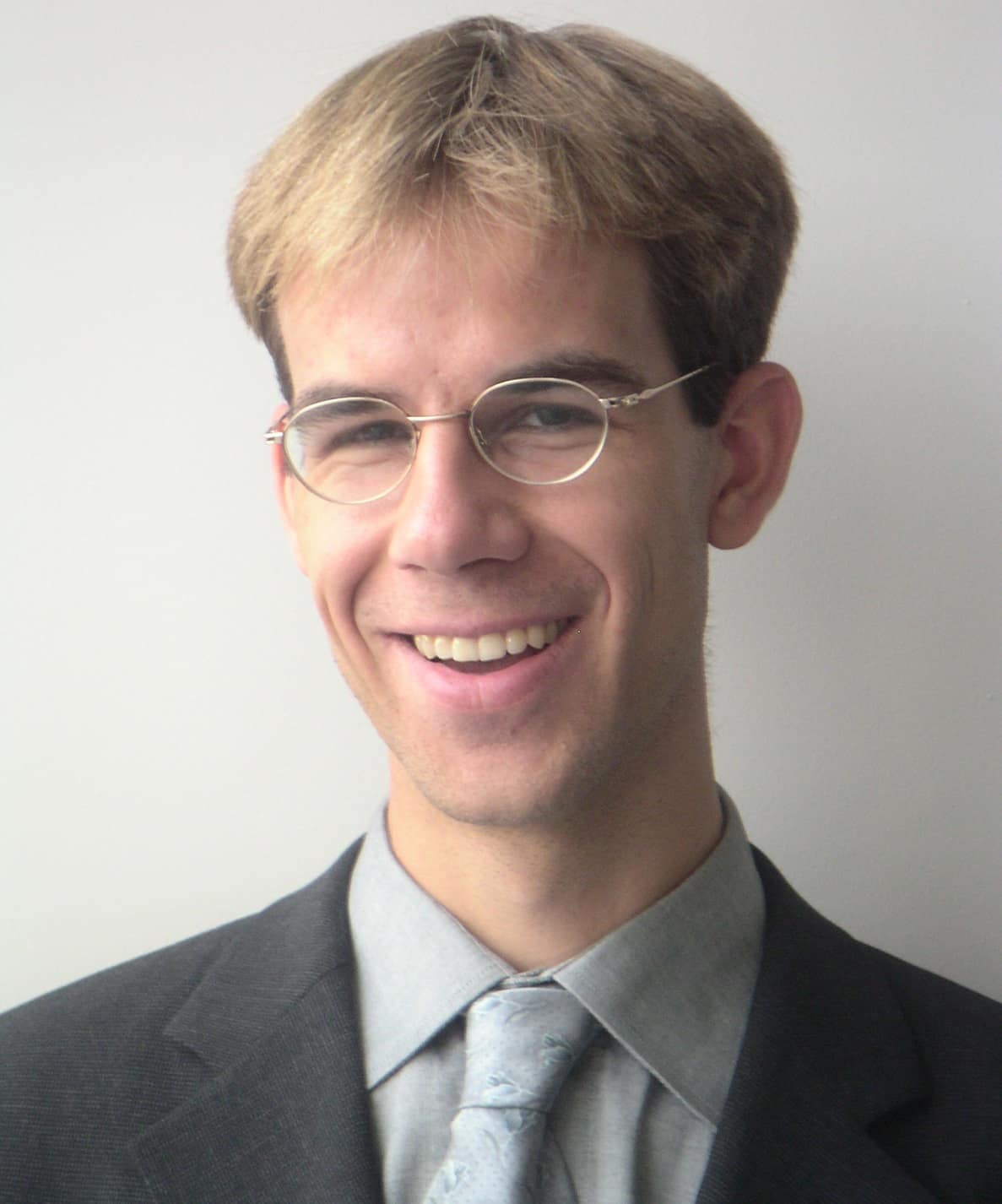Worldwide Course Prepares Students for Space Tourism Business

With space tourism becoming a reality, Embry-Riddle Worldwide’s College of Business recently launched a Space Tourism course to help introduce students to the emerging business of space tourism and how it will impact the future of commercial space operations. In this Q&A below, Embry-Riddle Assistant Professor Dr. Robert Goehlich, who teaches the course and is the author of the course textbook, discusses the course and its objectives.

The aim is to introduce aerospace and non-aerospace students into the idea that space tourism can be a driver of the space market. At the moment, space tourism is a field where reality, hoaxes, and science fiction are mixed up in such a way that it makes it difficult for the general public to distinguish between reality and wishes. Space tourism is one of the hottest topics in the aerospace business today and assumed to be the future of travel. The focus on this course is on understanding the developing space tourism business, the market, cost engineering, marketing, delivery vehicles, and safe operations. Specific topics include suborbital and orbital space flight, delivery vehicle capability, market demand, market supply, regulations, and safety.
What will students learn?
This course implements aspects of the “Inquiry-Based Learning” philosophy: In the second part of each EagleVision class, students have the opportunity to apply theories learned in this course by conducting the Space Tourism Market Simulation (STMS). STMS is an interactive simulation covering various disciplines such as economics, rocket engineering, design, laws, ethics, art, etc. around space tourism to understand and practice coherences. Participants can choose one out of eight specific groups such as passenger, manufacturer, organization, space travel agency, investor, government, opposition, or own created group. They can either cooperate or compete with other groups.
What are some of the biggest challenges in sending humans to space?
Safe operation of the spaceships, an environmental friendly operation, and having a profitable operation that is economically viable.
What is the difference between suborbital and zero-gravity flight?
While in a suborbital flight, you actually “touch” space for a short moment when the spacecraft is above 100 km altitude; you will only experience several 20-second weightlessness periods in a zero-gravity aircraft at an altitude around 8-10 km. The suborbital spacecraft flies one large parabolic trajectory, while the zero-gravity aircraft flies many small parabolic trajectories. The physical effect is the same and that sometimes confuses people.
What will it take for space tourism to be more affordable?
Improved materials for the structure of spacecraft and reusable rocket engines, lower production costs, and regular operations of spacecraft.
What does the future of space tourism look like?
Many well-established markets started on a small scale and it’s the same for space tourism. It will involve starting with non-scheduled suborbital flights in the pioneer phase, continuing with scheduled regular suborbital flights, expanding with more challenging orbital flights that include later transfers to space hotels as well.
